Who Are You Gonna Believe: Me or Your Own Eyes?
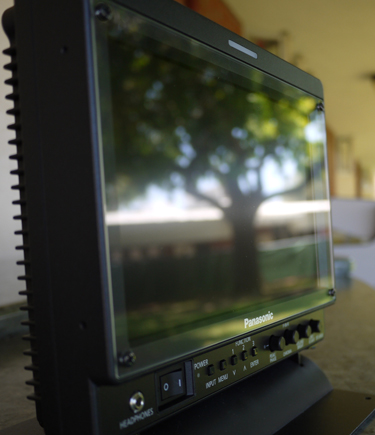
Seeing is not putting up with dings and physical damage to a monitor's LCD screen. A clear factory-provided panel over the screen of the LH910 protects your investment.
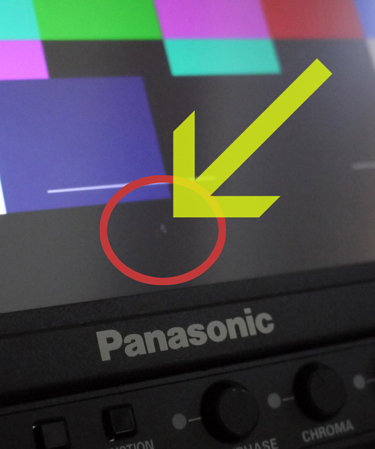
One such ding in my 900A screen. Don't ask me how it happened. It happens.
There are many new functions in the LH910, including focus-in-red, a valuable tool given the poor viewing in bright daylight of most camcorders' LCD viewfinder screens. FIR had been offered for several years in the lower-cost LH80 model, and now it comes finally to the company's sub-9-inch flagship.
For 3D aficionados, the LH910 offers a nifty 3D Assist. It is important to note the LH910 is not a 3D monitor; it simply provides the required support like side-by-side viewing, and a handy 60-pixel displacement grid to verify convergence, background divergence and other parameters. The monitor also features dual loop-thru capability for HD-SDI downstream applications such as recording left and right channels independently to external devices.
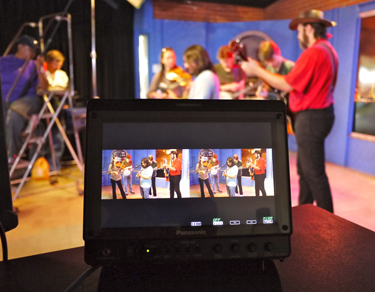
The LH910 features an array of 3D Assist functions, above and below, including side-by-side image compare (above) and a 60-pixel pitch overlay grid (below)
to check background divergence.
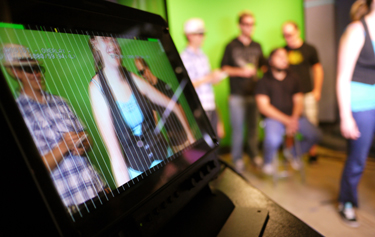
Consistent with Panasonic's usual practice the LH910 features a 15:9 aspect ratio LCD; a variation of course on the 16:9 industry standard; the thinking here being the letterboxed image leaves a narrow band at the top and bottom outside the image area for display of format, frame rate, timecode, and other useful info.
Most importantly the new model offers noticeably brighter more vibrant images compared to the older 900A. Its resolution is also higher (1280 vs 1024) with a wider viewing angle (176-degree vs 170-degree) and shorter processing delay, an important consideration when trying to reconcile a live performance with the displayed image during critical applications.
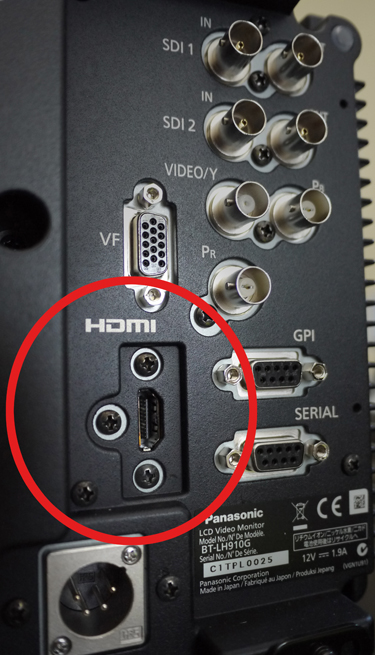
The LH910 supports HDMI v1.4a consistent with multiplexed input signals from 3D cameras like AG-3DA1.
Blessedly the multi-position button panel is gone in the LH910. Perhaps it was a good idea at the time when the LH900 was introduced for use primarily in a high-end control room and rack configuration. In reality, most of us found the fumbling with the panel hugely inconvenient; beyond that, the externally connected cable was notorious for fatigue failures, especially on earlier LH900 (pre-A) models.
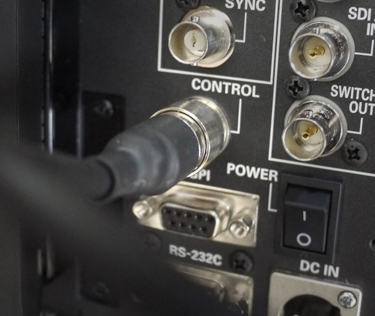
Control cable no more. The LH910 dispenses with this trouble-prone connector, seen here in the previous 900A model.
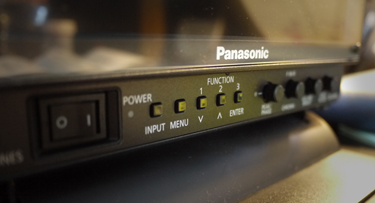
For shooters with Bart Simpson-size hands, the LH910 buttons are maddeningly petite. Many camcorders also suffer from the same malady.
Practically speaking, the LH910 weighs 25% less than the 900A, which makes the new 3.1 lb. model much easier to mount and manage on-camera. The reduced mass may reasonably raise issues regarding heat dissipation, ruggedness and build quality, but I've seen no evidence that Panasonic engineers haven't adequately addressed these critical areas.
Unlike other peripherals one might invest in, the value of a high-performance professional monitor is immediately recognized by a client and shooter. It's not a matter of having to take someone's word for it; the benefits of the LH910 are readily apparent.
You don't have to take my word for it. This time you can believe your own eyes.www.panasonic.com/broadcast











Leave a Reply